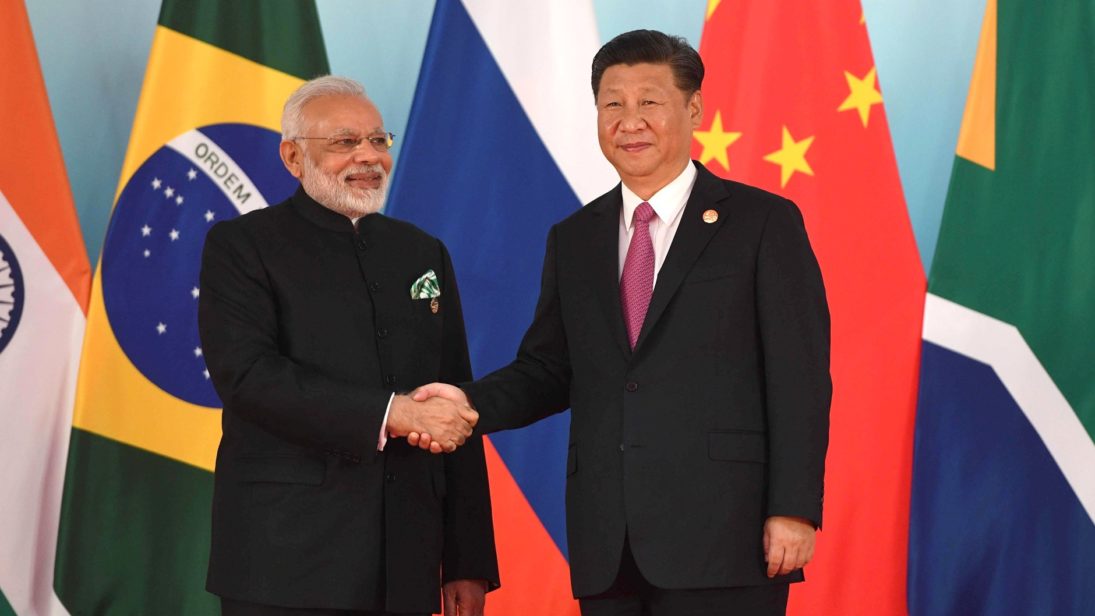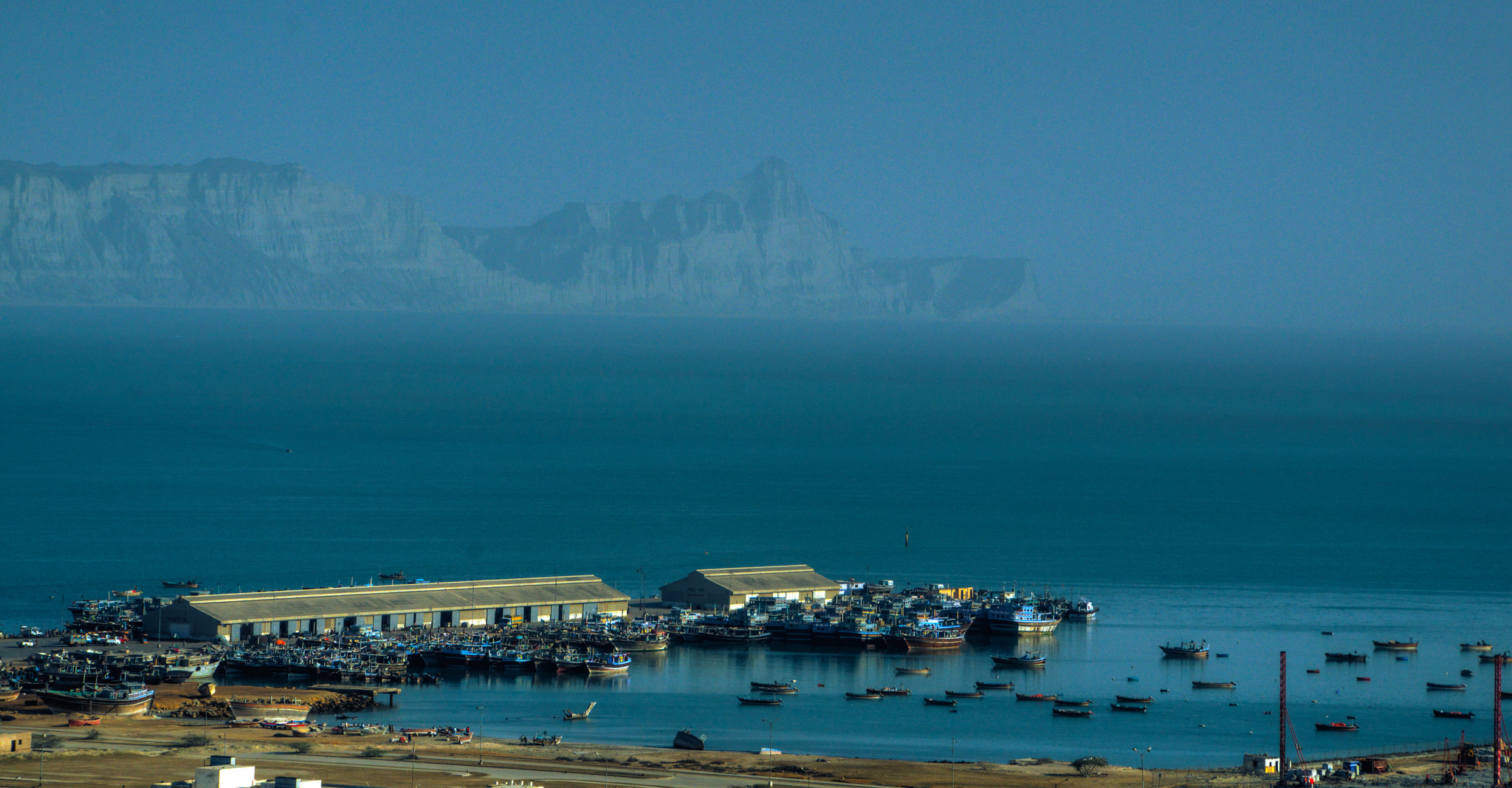
China’s growing political and economic stature along with its deepening trade relationships with many South Asian countries have translated into increasing Chinese influence in the region. Some scholars have suggested that this could be the basis for a more balanced Chinese foreign policy that could play a positive and stabilizing role in South Asia, to the extent that China may take on the role of a crisis manager in a future conflict between India and Pakistan. However, a careful analysis of conflicting Chinese interests and actions in South Asia and how they are likely to be perceived by the actors in question suggests that it is more probable that China may in fact act as a conflict party in a future crisis rather than play the role of a crisis manager.
China-Pakistan versus China-India Dyads
The crux of the argument that China could play the role of a crisis manager in South Asia hinges on its economic and trade ties with the two principal states in the region, India and Pakistan. Though the China-India leg boasts of a larger quantum of trade ties, the strategic logic underpinning it is distinct from China-Pakistan economic ties.
The China-Pakistan relationship involves hefty Chinese investments as part of a genuine alliance that includes co-production and joint development of technology and defense equipment. Between 2012 and 2017, Pakistan has been the largest recipient of weapons from China, and this trend is likely to continue in 2018. According to data from the Stockholm International Peace Research Institute’s arms transfers database, the armaments transferred by China to Pakistan, or in process of transfer, include high-end systems like fighter aircraft JF-17 Block-3, submarines (Type-041/Yuan), anti-ship missiles, torpedoes, tanks, and frigates among others. Significantly, China has transferred nuclear weapons designs to Pakistan in contravention of the Nuclear Nonproliferation Treaty and is essentially responsible for propping up a nuclear power in South Asia, knowing that such a transaction would imperil India’s military advantages. Even if the Pakistan-China alliance transitions into a manager-actor equation during a crisis, it may not be perceived as such by India.
On the other hand, China-India trade is a matter of tactical cooperation allowing both sides to stabilize a relationship rigged with an active territorial dispute that lingers on after a full-blown war in 1962. China’s salami slicing strategy in the Doklam area in Bhutan in 2017 in contravention of treaty agreements and the resulting India-China standoff while also achieving a high of $84.4 billion in bilateral trade with India the same year evinces the debilitated and partial modus-vivendi between Beijing and New Delhi that is achieved by such bilateral trade. China’s stonewalling of sanctions against Pakistan-based militants and its alliance with a country that presents myriad security challenges to India, as well as its frequent aggression at the border are symptomatic of an equation where Chinese state actions are guided and driven by an adversarial logic towards India. It would require a fundamental shift for such a relationship to transition into a manager-actor equation during an India-Pakistan crisis.
China’s Role in Previous South Asian Crises
South Asia saw three prominent crises in the span of a decade–the 1999 Kargil conflict, the 2001-02 Twin Peaks crisis, and the 2008 Mumbai attacks–all of which saw the United States take the lead as a crisis manager while other actors, including China, played the role of an enabler in defusing the crisis. In 1999, China played a neutral umpire by issuing a call to both India and Pakistan to respect the Line of Control (LoC), helping to defuse the crisis. This stance was essentially in line with its foreign policy pedigree of non-interference, which led to it not playing an overt and direct role in India-Pakistan crises. Similarly, during the Twin Peaks crisis of 2001-2002, China let the United States and the European Union take the lead in crisis management and only complemented their efforts. During the 2008 Mumbai attacks, China coordinated calls and high-level visits to India and Pakistan with others in the international community and utilized its leverage with Pakistan to encourage it to arrest key militants. Although positive, the role China played in these crises was essentially limited to supporting lead managers of the crises.
However, the role of an enabler and crisis manager differ in many respects. The United States, unlike China, has no territorial interests in the region. Therefore, its at-times difficult relationship with Pakistan did not impede its ability to be an effective crisis manager during past India-Pakistan crises. This is not to say, however, that burgeoning defense ties between Washington and New Delhi may not hamper U.S. ability to play such a role in a future crisis.
The United States also had a pedigree of crisis management in multiple conflict theaters across the world, including South Asia. But China in South Asia is not viewed as a balanced actor given that it has an active territorial dispute with India and diplomatically supported Pakistan in the 1965 and 1971 wars against India and continued to provide Pakistan military assistance through these years, though China did not militarily intervene in either war. Thus, China’s role in these crises has been circumscribed by its unwillingness, foreign policy bent, and territorial issues.

CPEC: Winds of Change?
Analysts have argued that Chinese investments in Pakistan as part of the China-Pakistan Economic Corridor (CPEC) would incentivize Beijing to act as an agent for de-escalation of hostilities between India and Pakistan. However, India and China are jostling for influence across land and maritime domains in the Indian Ocean Region, through investments and connectivity projects, and their interests directly collide in CPEC, which is a flagship project of China’s Belt and Road Initiative (BRI). A project like CPEC challenges established notions of state sovereignty since it passes through disputed territory and India sees it as a national security issue. Even though China has stated that CPEC does not alter its position on Kashmir and that the Kashmir conflict should be resolved bilaterally between India and Pakistan through dialogue, it is notable that China has vigorously protested Indian economic activity in the South China Sea or presence in Arunachal Pradesh on the very basis of violation of ‘sovereignty’ whereas it expects India to be accommodating.
Issues of territorial sovereignty are likely to be a greater source of friction between India and China given that such problems already exist and can lead to actions that may compound the problem. CPEC runs territory disputed by India and Pakistan in Kashmir and is essentially a question of sovereignty for India. A future conflict between India and Pakistan when CPEC investments are at a mature stage is more likely to draw China in, in defense of its human and material interests in the region, and is likely to induce a change in China’s stance on the Kashmir issue, making it a party to the conflict.
Enabler to Crisis Manager
Whether or not India and China are involved in a zero-sum game, an adversarial logic to their relationship exists that drives their actions. Even though China has observed a semblance of neutrality during moments of crises in the region, this role has been confined to that of an enabler in defusing the crisis with the United States playing a lead role. Importantly, China’s transition to the role of a crisis manager in South Asia will not simply be the outcome of its larger quantum of trade in the region or the United States relinquishing the role of a crisis manager in the subcontinent. That may come about through other ways, such as resolution of the key territorial impediments between India and China, and that too only in the long term. Suggesting that China play the role of a crisis manager in South Asia is not a gradual linear progression but a quantum jump that seems out of question given the fundamental realities of the bilateral equations as they exist.
***
Click here to read this article in Urdu.
Image 1: The Kremlin website via Wikimedia
Image 2: umairadeeb via Flickr (cropped)


